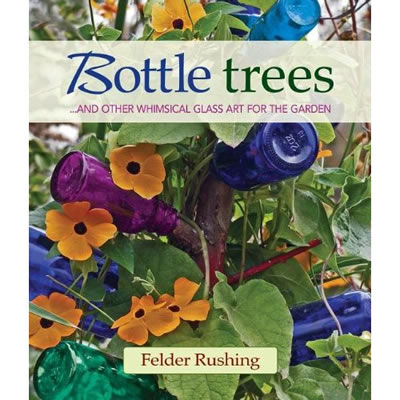
How to Make Your Own Bottle Tree
The Almanac Garden Planner - Use It Free for 7 Days!
Plan your 2025 garden with our award-winning Garden Planner.
ADVERTISEMENT
looking so pretty.... nice work
I have been designing, creating, and selling my Bottle Trees since 2001, here in Wisconsin.
I can leave my bottles on my trees year-round, with no problems from rain, sleet, hail, or snow. We have some cold winters here in Wisconsin, and I have never had the weather break a bottle yet.
Although, I do have a customer who lives on the ocean in South Caroline who says she takes her bottles off her tree during a hurricane. Smiles.
I also wanted to mention the roots of the bottle tree tradition started about 1000 years ago.
www.bottletreecreations.com
Jerry
I high school welding student. We need plans and material lists to make projects. I hope to add mine to the yearly school garage sale for charity. Can u send me one for a really nice bottle tree. I'd also like to make one for my grandmother.
WHERE DO YOU LIVE IN WISCONSIN --- I LIVE THERE TOO--- ID LIKE TO BUY ONE OF YOUR BOTTLE TREES-- LET ME KNOW PLEASE. THANKS
I have been leaving tons of blue glass bottles outside year round and I live in SW Wisconsin. Never had a problem!
Are they ever pretty!!
I want to do one in memory of my son and his buddies. I lost my son 12/26/1999 2 minutes for home in a car accident,but my son and his use to play basketball at the back of the house. I have been clearing the wood back there and finding all types of bottles from when they were having fun. I miss him so much and I like keeping his memory alive as much as possible. He was a fun loving child and my only son. I have a daughter a grandaughter that miss him alot , but try not to show it.














